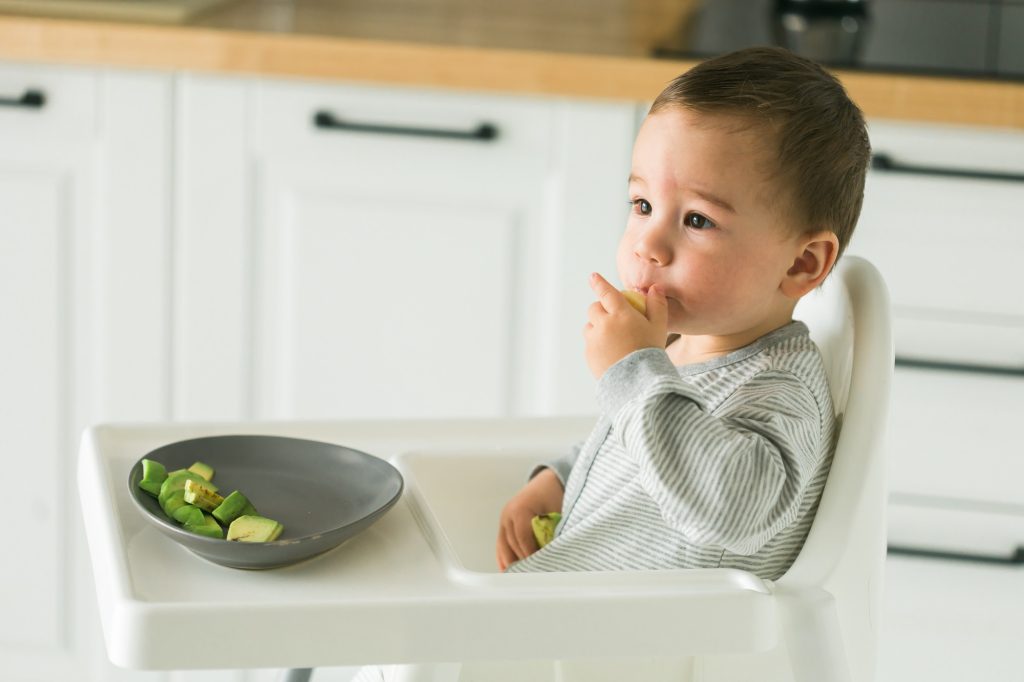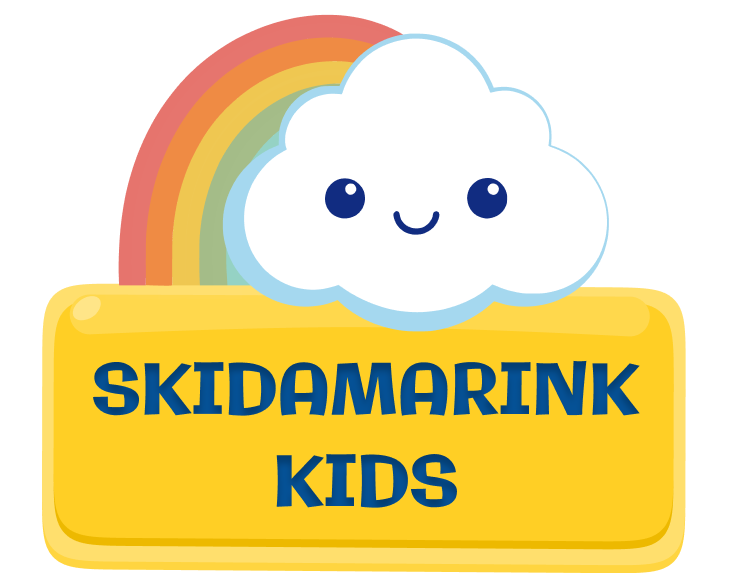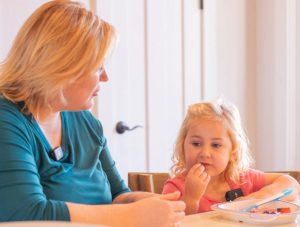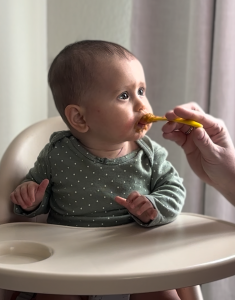The Division of Responsibility in feeding is a gentle approach to mealtimes created by Ellyn Satter that helps children develop trust in their own hunger and fullness cues. This method creates a clear balance: parents decide what, when, and where food is offered, while children choose how much they want to eat and whether they’ll eat at all. When implemented consistently, this approach can transform family mealtimes from stressful battles into enjoyable bonding experiences.
What is the Division of Responsibility in Feeding?
Every family’s mealtime is unique, and the division of responsibility feeding approach can be adapted to fit any routine, from breakfast to snack time to dinner. By allowing children to make their own eating decisions, parents create a positive experience that helps kids feel confident and secure. Regular family meals also support healthy habits. Research shows that when families eat together more often, they tend to eat more fruits and vegetables and fewer fried foods and sugary drinks.
Beyond the food itself, family meals are a special time to connect and bond. A steady routine around meals can help children feel secure, loved, and more at ease.


How to Implement Division of Responsibility
Children are still developing their relationship with food and their senses, including taste preferences. Mealtimes offer a wonderful opportunity to support healthy eating habits that will last a lifetime. To get started with the Division of Responsibility approach:
- Provide structure: Offer a variety of healthy foods at set times in a calm, distraction-free space.
- Respect choices: Allow your child to choose what they would like to eat from what is served and how much they want.
- Trust their cues: Start with smaller portions and let your child decide if they’d like more or are finished. This helps them recognize hunger and fullness signals.
Growing Independence with Food Choices
As children grow, they may share more opinions about what they’d like to eat. Encourage this development by involving them in meal planning or even letting them help prepare meals. This builds their confidence and allows them to practice making choices in a supportive environment.
Implementing the Division of Responsibility in feeding takes patience, but the long-term benefits are worth it. When children learn to trust their bodies and develop a healthy relationship with food early on, they’re more likely to maintain balanced eating habits throughout their lives. By respecting each person’s role in the feeding relationship, mealtimes can become less stressful and more enjoyable for the entire family.
Want to learn tips to reduce stress and help your child develop healthy eating habits?
Check out our companion blog, “Mealtime tips: No Pressure Feeding Strategies for Toddlers”
For Resource and to learn more about The Division of Responsibility Approach to feeding, check out this book: Secrets of Feeding a Healthy Family: How to Eat, How to Raise Good Eaters, How to Cook by Ellyn Satter M.S. R.D. L.C.S.W. B.C.D
– Ali





